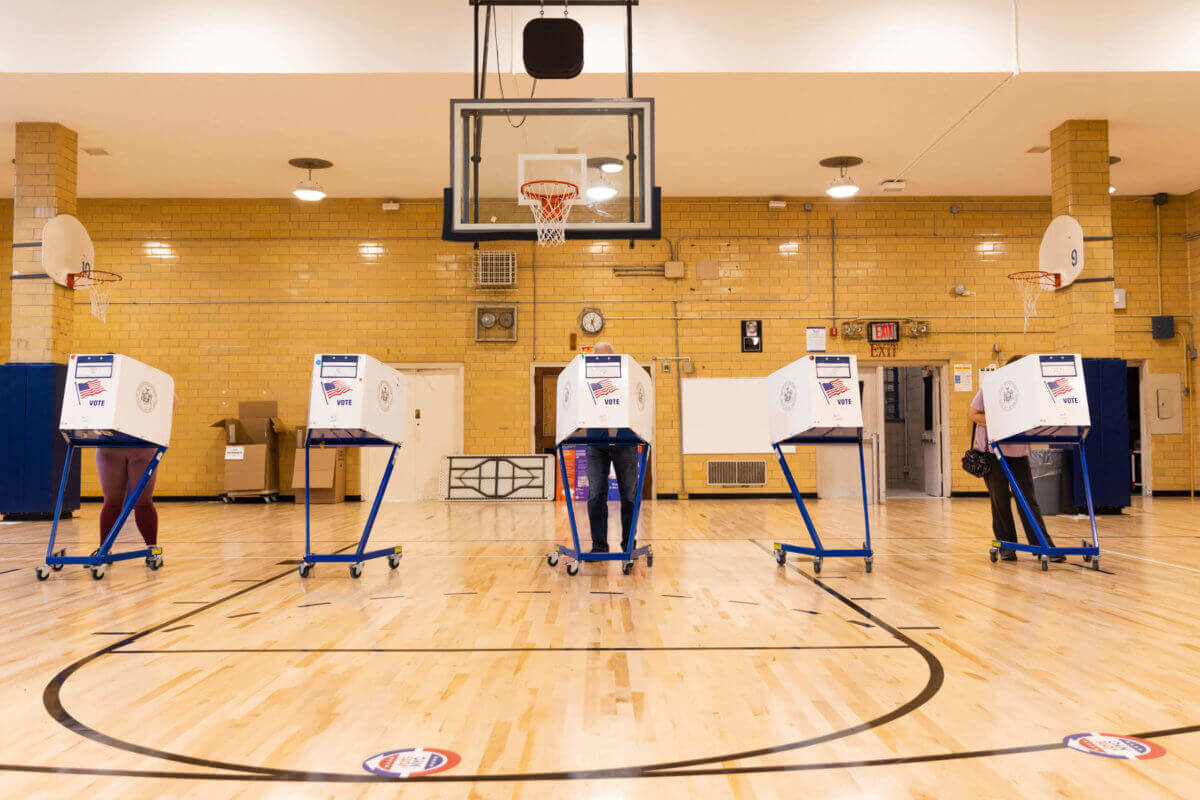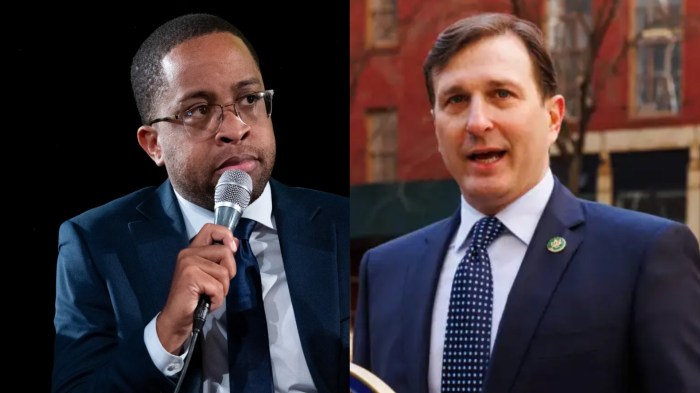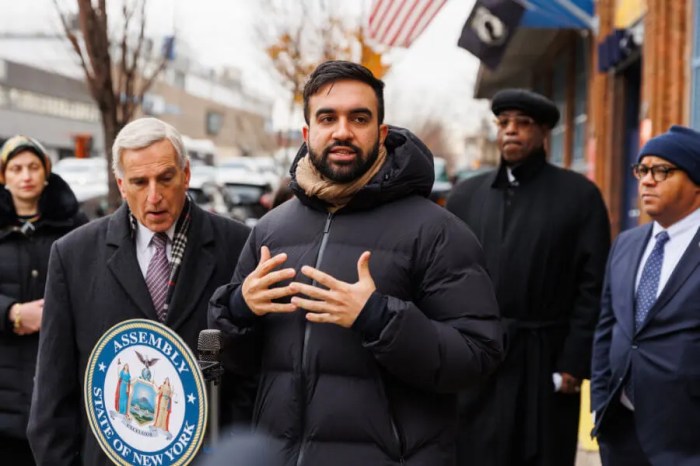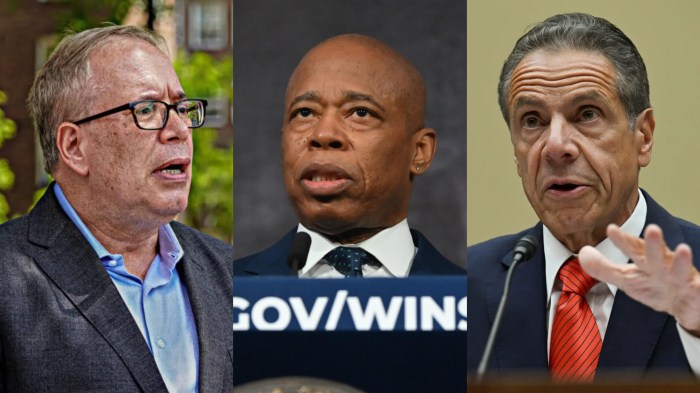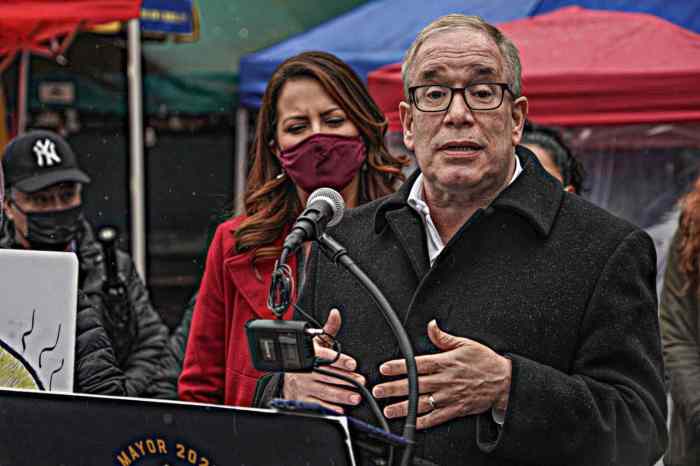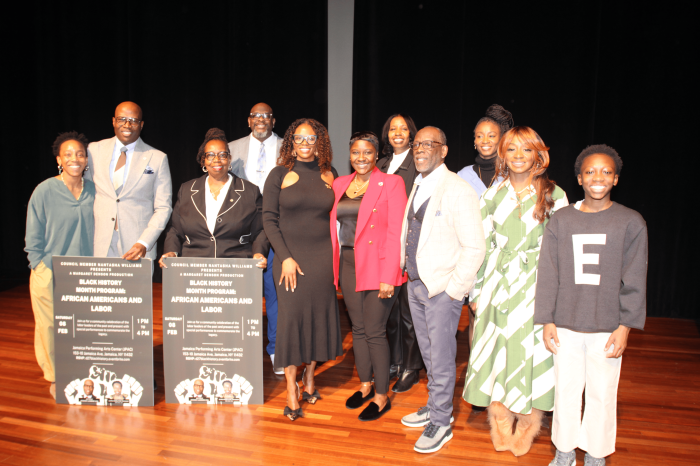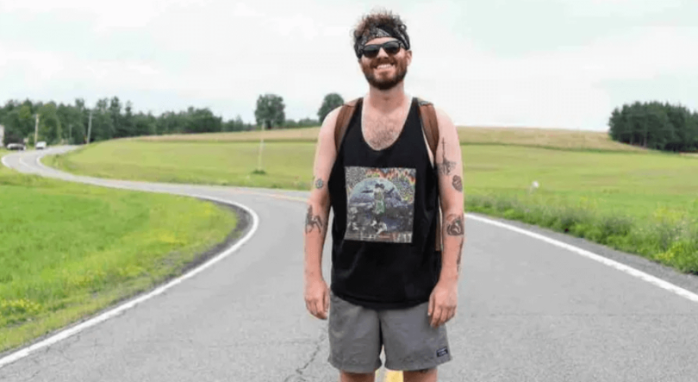A whopping 432,634 people cast their ballots during nine days of early voting in New York City ahead of the pivotal midterm election on Tuesday, according to the New York City Board of Elections.
More voters headed to the polls in Brooklyn than in any other borough — with more than 135,000 early votes cast ahead of Election Day. Manhattan was close behind, with over 133,000 voters — while Staten Island came in last with just under 36,000 early birds.
Staten Island also has the lowest number of active registered voters, according to BOE data — only 317,494 voters are registered and vote regularly in Richmond County, compared to 1.5 million in Kings County.
While the numbers alone cut an impressive figure, only about 9% of all registered voters in New York City voted early — the popularity of early voting has been decreasing since 2020, when nearly 40% of all registered voters chose to cast their ballots ahead of Election Day, according to the New York City Campaign Finance Board.
While this year’s election features several contentious races — including a closer-than-expected contest between incumbent Governor Kathy Hochul and challenger Lee Zeldin — voter turnout is almost always higher during presidential election years.
The Bronx had a poor showing with 39,069 early voters, a figure that represents just 5.35% of the active voting population in the northernmost borough. Just over 90,000 people — or about 7.25% of the active voting population — turned out early in Queens.
Celina Su, a political science professor at CUNY’s Brooklyn College with expertise in political participation, told amNY Metro’s sister publication the Bronx Times in an interview Monday that the borough breakdowns reflect greater economic patterns in voting, in which wealthier households are generally more likely to vote, although early voting is still an important initiative to remove barriers to voting, she said.
“That’s why it’s a little bit disappointing to see that, at least in the borough-wide numbers … we see the same pattern as usual,” she said. “That the borough with the highest per capita income, Manhattan, has the greatest percentage and the borough with the lowest per capita income, the Bronx, has the lowest percentage.”
But the borough-wide numbers don’t tell the whole story, as there still could have been new voters and people who wouldn’t have voted otherwise who took advantage of the opportunity, Su added.
The political scientist also believes the city can improve the ease in which people know where to go for early voting, such as with signs at their typical voting locations one or two weeks in advance with early voting information.
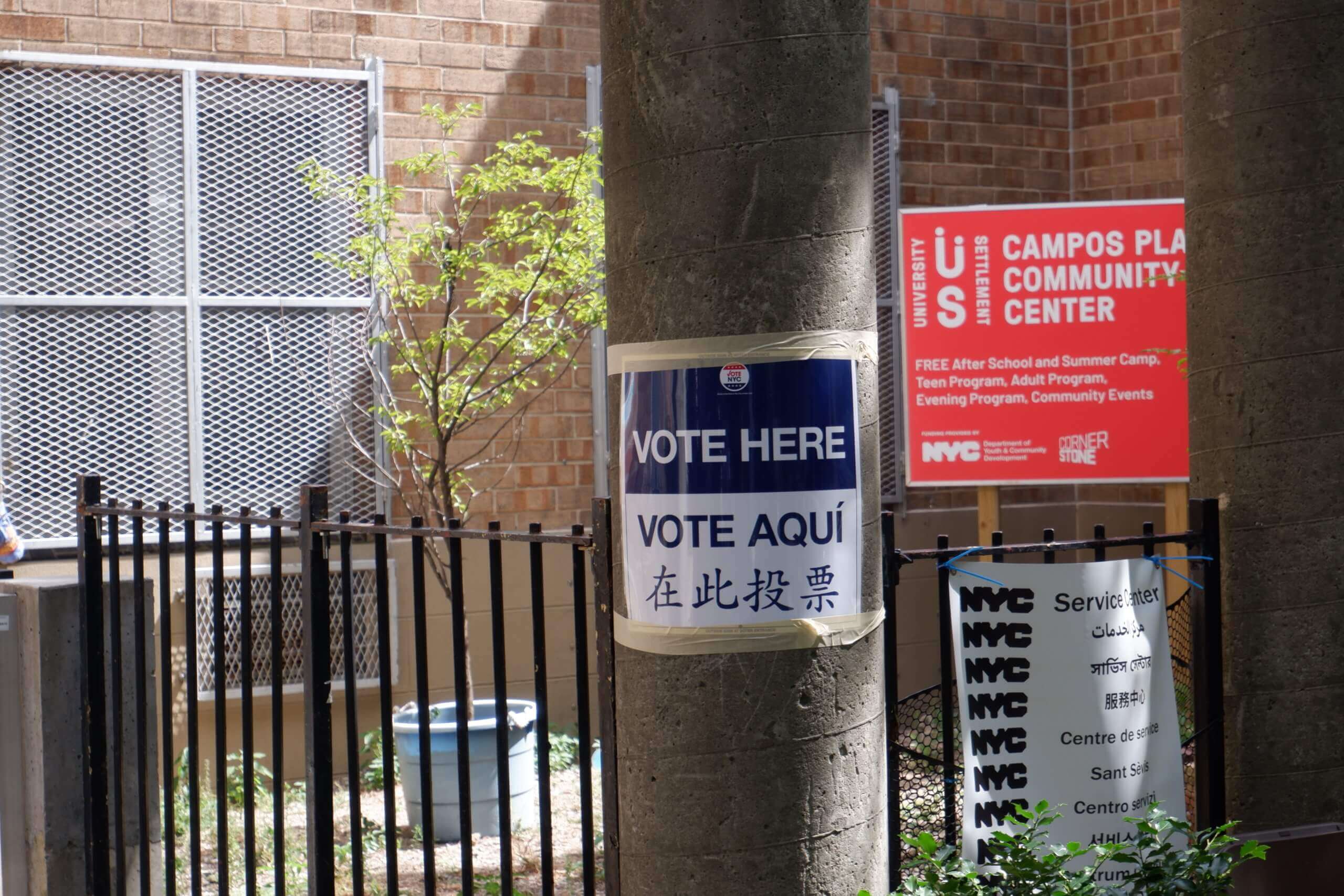
“Anything that we can do to help reduce barriers to voting makes a difference,” she said.
Education efforts on referendums, ranked-choice voting, third parties, language accessibility and any notion of choice can help motivate people to get to the polls in a political climate where some feel cynical about whether their vote makes a difference, according to the professor. Politicians communicating concrete policies can also help galvanize people, she added.
Many early voters told amNY Metro they were voting Democratic — and cited Hochul’s race as a particular motivator. Some feared that a Zeldin win would allow Republicans to come back more strongly in other positions across the state.
“I don’t like the Republicans. I like Governor Hochul because of her stance behind abortion,” Manhattan voter Debbie Mangual said. “I believe a woman has a right to choose what happens to her body, whether it’s because she doesn’t want a child for medical reasons or she can’t afford it. After what happened with the Supreme Court, I don’t want Republicans to have any seats.”
Additional reporting by Kirstyn Brendlen.



